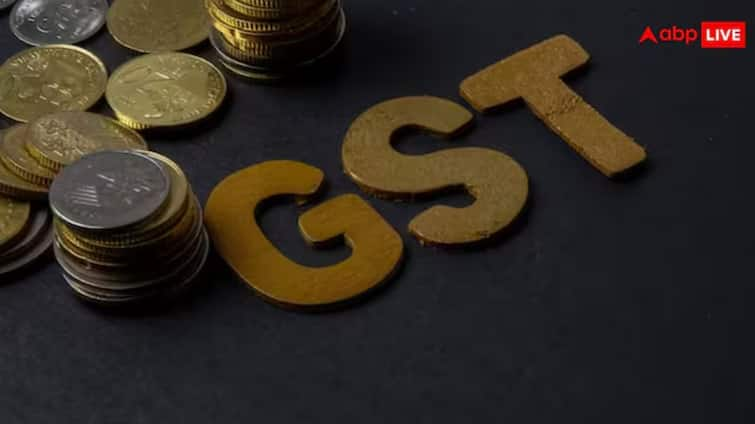The Central government is working on a significant overhaul of the Goods and Services Tax (GST) framework, with a proposal to introduce a simplified rate structure that includes two main slabs — 5 per cent and 18 per cent — along with a special 40 per cent rate for luxury and sin goods, media reports said.
The new regime, aimed at rationalising rates and reducing tax complexity, could be rolled out ahead of Diwali, in line with Prime Minister Narendra Modi’s recent assurance of major GST reforms.
Lower Rates for Common Man’s Basket
Citing government sources, PTI reported that essential goods and daily-use products will be moved to the 5 per cent bracket under the revamped GST structure. Nearly 99 per cent of items currently taxed at 12 per cent are expected to shift to this lower slab, making them more affordable for households.
Centre proposes 5 pc and 18 pc rates under revamped GST regime; special 40 pc rate on luxury, sin goods: Sources.
99 pc of items in current 12 pc GST tax slab to move to 5 pc bracket in revamped GST regime: Govt Sources.
About 90 pc of taxable items in 28 pc bracket to shift… pic.twitter.com/vlzfwbz9TO
— Press Trust of India (@PTI_News) August 15, 2025
Similarly, around 90 per cent of taxable goods presently under the 28 per cent category will move to the proposed 18 per cent slab, easing the burden on consumers and businesses. Officials believe this change will benefit a wide section of society — including the middle class, students, women, and farmers — while boosting demand for aspirational products.
Special Rate on Luxury and Sin Goods
For products such as tobacco, the government is planning a 40 per cent GST in the restructured system. This will ensure that the overall tax incidence remains at its current level of 88 per cent, sources said. The intent is to keep high-tax items, particularly those considered harmful or non-essential, under a stricter regime while offering relief on everyday items.
Addressing Structural Issues
The Finance Ministry has submitted the proposal to the Group of Ministers (GoM) formed by the GST Council to examine rate rationalisation. Officials said the end of the GST compensation cess has created fiscal space for reform, allowing the government to correct inverted duty structures, reduce classification disputes, and provide long-term clarity for businesses.
By aligning input and output tax rates, the changes are expected to prevent the accumulation of unutilised input tax credit, encourage domestic value addition, and support the ‘Make in India’ initiative. Simplified compliance measures are also being considered to make the system easier to navigate for taxpayers.
PM Modi’s Reform Push
During his Independence Day speech today, Prime Minister Modi promised a “double Diwali” for citizens, hinting at steep GST cuts on common household goods. “GST rates will be reduced drastically. Tax will be reduced for the common people,” he said, underscoring the government’s focus on making the tax system more citizen-friendly.
Marking eight years since its rollout in 2017, GST has already unified the country’s indirect tax regime. The proposed reforms are positioned as the next big leap in simplifying India’s tax framework and providing relief to both consumers and industry.


)
